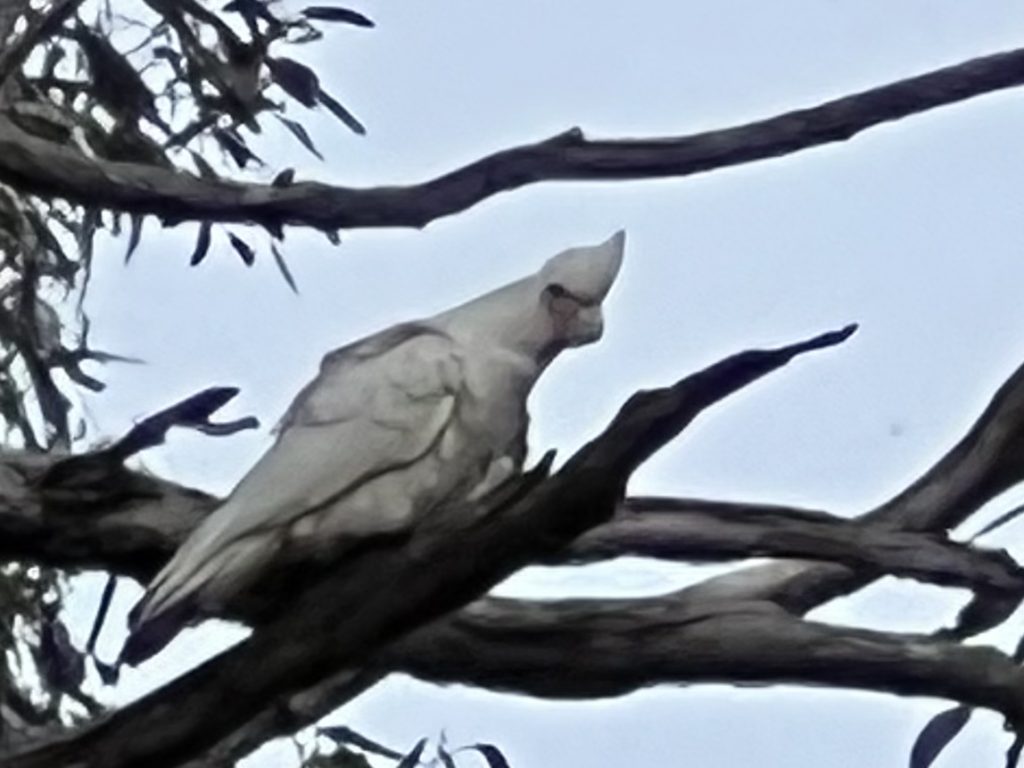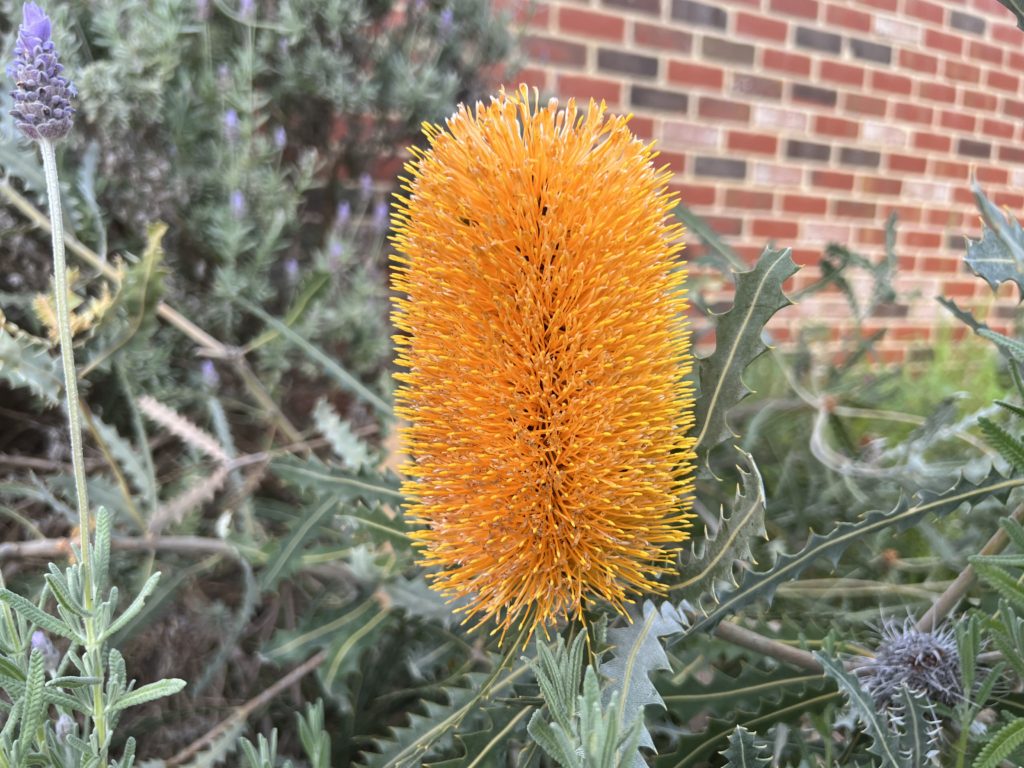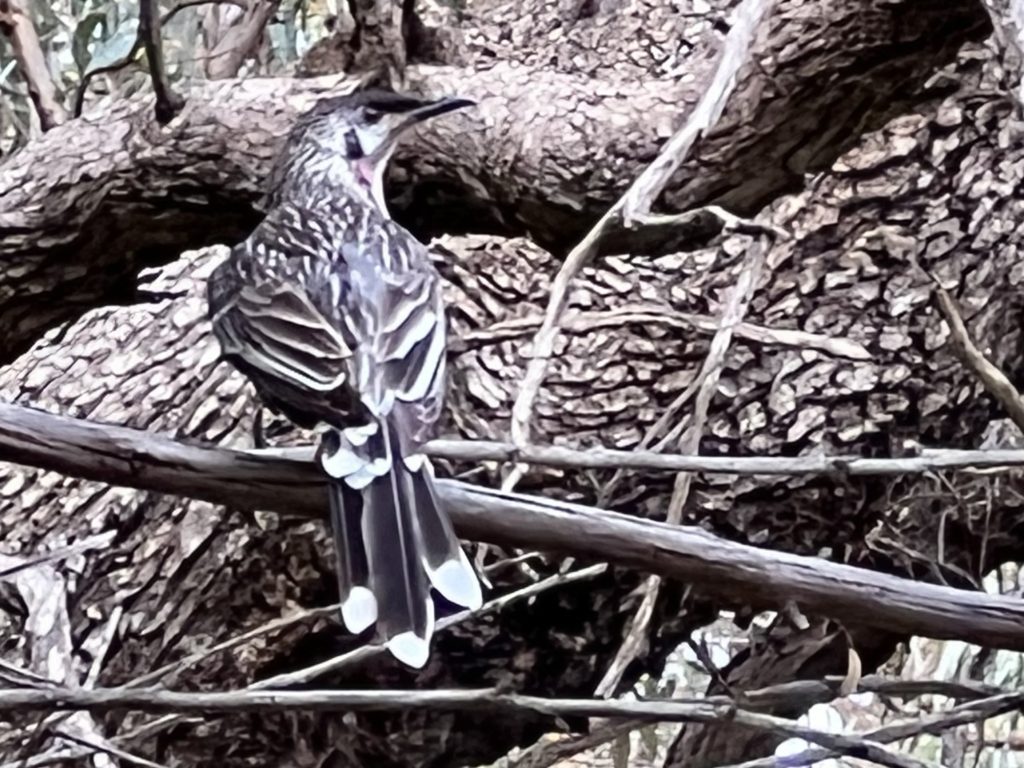After a close call with the connection in London, and a 16 hour flight crossing Europe, the middle east, and (10 hours!) over the Indian Ocean I landed at Perth International airport. We were swiftly unpacked from the Spirit of Australia Boeing 787 Dreamliner. By some small miracle all my bags made it, and soon after I was on the cab of a taxi with a slightly confused driver that never ceased to be amazed how much the city had changed in the last five years, an explanation that he provided freely every time we took the wrong turn. I am staying in Joondalup, a satellite city to Perth, that reminds me of a small American city, but pedestrian friendly. But the wide streets, large shopping mall, and light traffic serve as a backdrop to my first encounter with Australian floral and fauna. David Field has kindly met me at my hotel for a little wonder in town, and after some Thai at the food court, we head to the Lagoon of Joondalup via Yellagoonga Regional park down the road from my hotel. As we walk, noisy lorikeets fly above us, and a large cockatoo stops by to take a rest in a large Eucalyptus in the street. As we walk by, a laughing kokaburra (Dacelo novaeguineae), an enormous kingfisher-like bird that when in groups call with crazy laughter like sounds, inspects us from the balcony of a house before flying off to rest in the aerial of somebody’s home. The pace is slow as we stop to see Banksias growing besides the sidewalk, kangaroo paws that are pollinated by nectar-thirsty birds, and many other plants, almost all which I have never seen or heard of before.

In the Yellagoonga park, and after narrowly avoiding a speed-demon cyclist, we make our way though the warnning signs for posionous snakes and begin a short exploration of the wildlife wonders that even a city park in Australia holds for the first-time visitor. David is an excellent guide and introduces me to lots of cool animals an plants. From the common Red Wattlebird (Anthochaera carunculata) that feeds on the red inflorescences of the toilet-brush tree, and defends its territory from inquisitive crows, to the most amazing and colourful Rainbow Lorikeet (Trichoglossus moluccanus), whic quickly becomes my favourite bird. We also see a few Galah (Eolophus roseicapilla), a parrot with pink chest and a cheeky disposition, quite a few Little Corellas (Cacatua sanguinea) a white cockatoo with a feathery tuft that is raised inquisitively, and on the ground an Australasian Swamphen (Porphyrio melanotus), and a handsome Australian Wood Duck (Chenonetta jubata) that forage in pairs on the grassy flats.

The plant life is of course amazing. We are guarded by large grass-like Balga trees, Xanthorrhoea preisii that very much remind me the elephant-foot trees of the Tehuacan valley in Mexico. The beautiful and curious Banksia abound, some small herbs with their yellow inflorescences close to the ground, others trees like the Parrot Bush (Banksia sessilis) and Candlestick Banksia (Banksia attenuata), with its persistent inflorescences that when mature release their seeds through small, mouth-like openings, that appear to speak to the passerby. We also see Pelargonium, Golden Wreath Wattle Acacia saligna), and the wonderful cycads in the genus Macrozamia, a palm-like conifer with its male and female cones kept close to the ground.

…To be continued.